Tackling Mould in Terrariums: The Comprehensive Guide
Terrariums, those enchanting miniature ecosystems enclosed in glass, have taken the plant world by storm. They're beautiful, low-maintenance, and a perfect way to bring nature indoors. However, like any living system, terrariums can face their share of challenges. One of the most common (and pesky) issues? Mould.
Understanding the Mould Menace
Mould, our fuzzy, uninvited guest, often lurks in the background, waiting for the perfect moment to strike. While mould might seem alarming, it's not always a disaster. It’s actually a normal part of the decomposition process in a terrarium. By understanding mould and the reasons for its appearance, you can prevent it from becoming a full-blown invasion and keep your green oasis thriving.
Why Does Mould Occur in Terrariums?
Mould is a type of fungus that thrives in warm, damp environments rich in organic matter. Sound familiar? Yes, a terrarium is an ideal breeding ground for mould. Mould reproduces through tiny spores that are often airborne and can enter your terrarium via soil, plants, mosses, and even the air.
Being saprophytic, mould feeds on decaying organic matter. This is why you often see mould forming on dead plant parts, driftwood, or any decaying material in your terrarium. High humidity, stagnant air, and insufficient light contribute to mould proliferation. While a bit of mould isn't a serious threat, if it starts overtaking the terrarium, it can become troublesome.
Preventing Mould Growth
As the saying goes, "Prevention is better than cure." Here are some practical tips to prevent mould growth in your terrarium:
Tip 1: Ensure Adequate Light
While mould can grow in both light and dark conditions, it tends to favour darker spots. Therefore, ensuring your terrarium receives adequate light, whether from natural sunlight or artificial light sources, is crucial. Adequate lighting helps deter mould growth and supports a healthier ecosystem within your terrarium. By keeping the terrarium well-lit, you can prevent the spread of unsightly and potentially problematic mould colonies, maintaining a balanced and vibrant enclosed habitat.
Tip 2: Increase Airflow
Terrariums need humidity, but they also require proper airflow to prevent mould growth. One effective way to achieve this is by occasionally removing the lid to let in fresh air. This simple step helps to reduce excess moisture and promotes circulation, creating a more balanced environment. By periodically airing out your terrarium, you can create a dynamic and thriving miniature habitat.
Tip 3: Use Activated Charcoal
Activated charcoal is a valuable addition to any terrarium as it can absorb toxins, impurities, and odours, thereby helping to prevent mould growth. When setting up your terrarium, add a layer of activated charcoal above the drainage layer to filter and purify the water as it percolates through the substrate. Alternatively, you can mix it into the substrate to enhance its benefits. This not only promotes a healthier environment by keeping the water clean and reducing the risk of mould, but it also supports overall plant health and growth. Incorporating activated charcoal is a simple yet effective way to maintain a clean, balanced terrarium ecosystem.
Tip 4: Monitor Condensation Levels
Maintaining the right level of condensation inside a closed terrarium is crucial for plant health. Ideally, you should see light condensation during the morning and evening, indicating a healthy water cycle. However, if condensation is heavy or present all day long, it can signal excessive moisture, which promotes mould growth. To rectify this, air out your terrarium by removing the lid for a few hours or tilting it slightly to allow some ventilation. This helps to balance humidity levels and prevent mould development, ensuring a healthy environment for your plants.
Tip 5: Select Appropriate Decorative Elements
When selecting decorative elements for your terrarium, opt for pieces designed to thrive in humid conditions, similar to those suitable for aquariums. These materials are specifically crafted to withstand high humidity and are less likely to harbour mould. Rocks, stones, and non-porous ceramics make excellent choices for terrarium decorations. It's best to avoid elements made out of wood, as they can easily absorb moisture and become breeding grounds for mould. Using durable, mould-resistant decorations ensures a cleaner, healthier terrarium environment.
Tip 6: Introduce Springtails
Springtails are tiny, beneficial insects that play a crucial role in maintaining a healthy terrarium. These small critters feed on mould and decaying organic matter, effectively helping to keep mould at bay. Adding a culture of springtails to your terrarium can be a proactive measure to manage mould growth. They are harmless to your plants and will not escape the confines of the terrarium. By integrating springtails into your setup, you create a natural clean-up crew that helps maintain a balanced and thriving miniature ecosystem.
Combating Mould in Terrariums
Despite your best efforts, mould might still find its way into your terrarium. Don't panic! Here are some steps to combat a mould outbreak:
Step 1: Dry Out the Terrarium
If your terrarium is overly wet, let it dry out a little. Remove the lid for a few days to allow excess moisture to evaporate. Pay attention to the condensation levels inside the terrarium. Light condensation during the morning and evening is normal, but if heavy condensation or large water droplets are present throughout the day, it indicates excessive moisture. In such cases, airing out your terrarium by removing the lid or tilting it slightly can help balance humidity levels and create an environment less conducive to mould growth. Ensuring proper ventilation and observing condensation levels are key to maintaining a healthy terrarium ecosystem.
Step 2: Natural Mould Solutions
You can lightly spray affected areas with chamomile tea, a mild organic fungicide, to help prevent mould from spreading. Another natural option is to sprinkle cinnamon in your terrarium, as it has antifungal properties that can inhibit mould growth. These methods help manage mould without introducing harmful chemicals to your terrarium environment. For severe mould outbreaks, use cleaning agents like vinegar or hydrogen peroxide. Apply these only to affected areas and avoid getting them on your plants.
Step 3: Enlist the Help of Clean-Up Crews
Springtails can be your best allies in fighting mould, as they feed on mould spores and decaying organic material, acting as a natural clean-up crew. By consuming mould, they help to maintain a healthy balance within the terrarium, preventing fungal overgrowth. Adding a colony of springtails ensures ongoing mould control without the need for chemicals. They are harmless to your plants and will stay contained within the terrarium, making them an excellent, low-maintenance solution for mould management.
Additional Tips
- Add Springtails Early: Introducing springtails at the first sign of mould can help maintain a healthy balance in your terrarium.
- Remove and Quarantine: For localized mould outbreaks, remove the affected plants or hardscape elements and quarantine them to prevent spread.
Final Thoughts
While mould can be a nuisance in a terrarium, it’s not a death sentence. With the right preventive measures and timely intervention, you can keep your terrarium mould-free and thriving. Remember, a little bit of mould now and then is normal and part of the natural decomposition process. But if you see a major outbreak, it's time to take action. Keep calm, follow the tips in this guide, and your terrarium will continue to be the green oasis you love.
FAQ
What causes mould in terrariums?
Mould thrives in warm, damp environments rich in organic matter. High humidity, stagnant air, and insufficient light can promote mould growth. Mould spores can enter via soil, plants, mosses, and even the air.
Is mould harmful to my plants?
A small amount of mould is usually not harmful and is part of the natural decomposition process. However, if mould starts overtaking the terrarium, it can become problematic and affect plant health.
How can I prevent mould in my terrarium?
Prevent mould by ensuring adequate light, increasing airflow, using activated charcoal, monitoring condensation levels, selecting mould-resistant hardscape materials, and introducing springtails.
What should I do if mould appears in my terrarium?
If mould appears, dry out the terrarium by removing the lid for a few days, use natural fungicides like chamomile tea or cinnamon, and consider using cleaning agents like vinegar or hydrogen peroxide for severe outbreaks. Introduce springtails to help control mould.
What are springtails and how do they help?
Springtails are tiny beneficial insects that feed on mould and decaying organic matter. Adding a culture of springtails helps keep mould under control, maintaining a healthy balance in your terrarium.
How do I know if my terrarium has too much moisture?
Check the condensation levels. Light condensation in the morning and evening is normal. Heavy condensation or large water droplets present all day indicate excessive moisture, which can promote mould growth. Air out the terrarium to balance humidity.
Can I use any type of wood in my terrarium?
It's best to avoid using regular wood as it can absorb moisture and harbour mould. Opt for wood pieces from aquatic stores or use naturally mould-resistant materials like cork bark.
Are there any natural remedies for mould control?
Yes, you can use chamomile tea as a mild organic fungicide or sprinkle cinnamon, which has antifungal properties, to inhibit mould growth without introducing harmful chemicals.


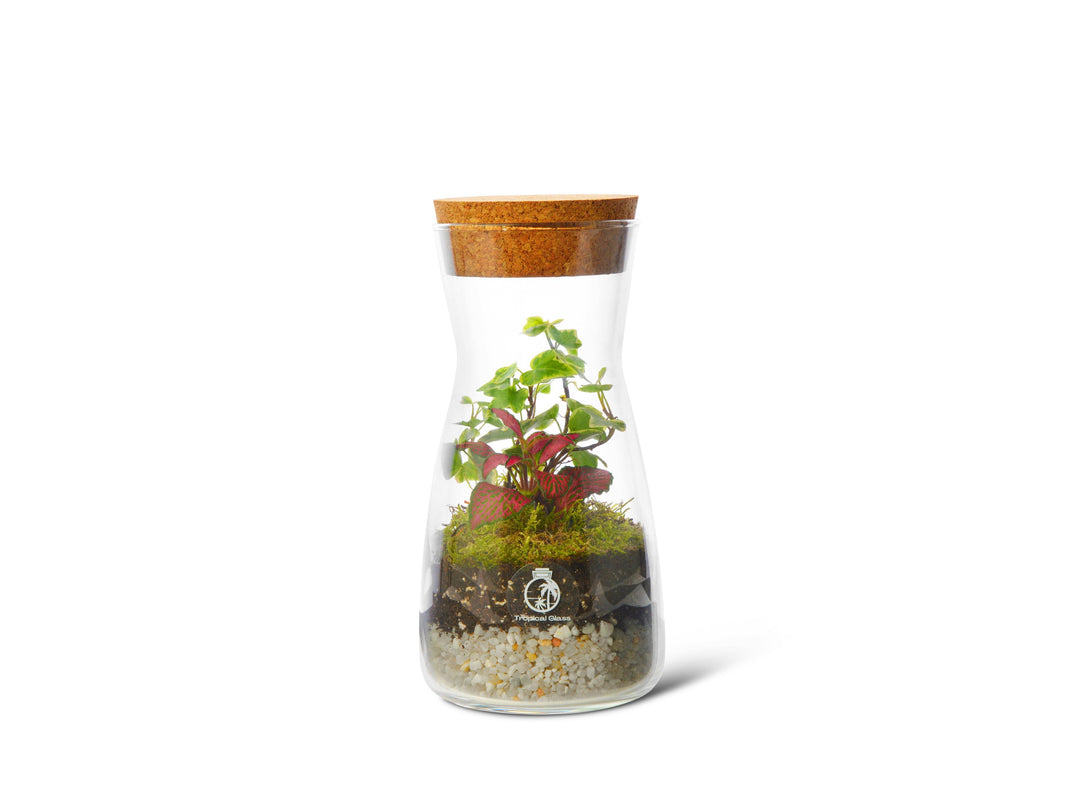
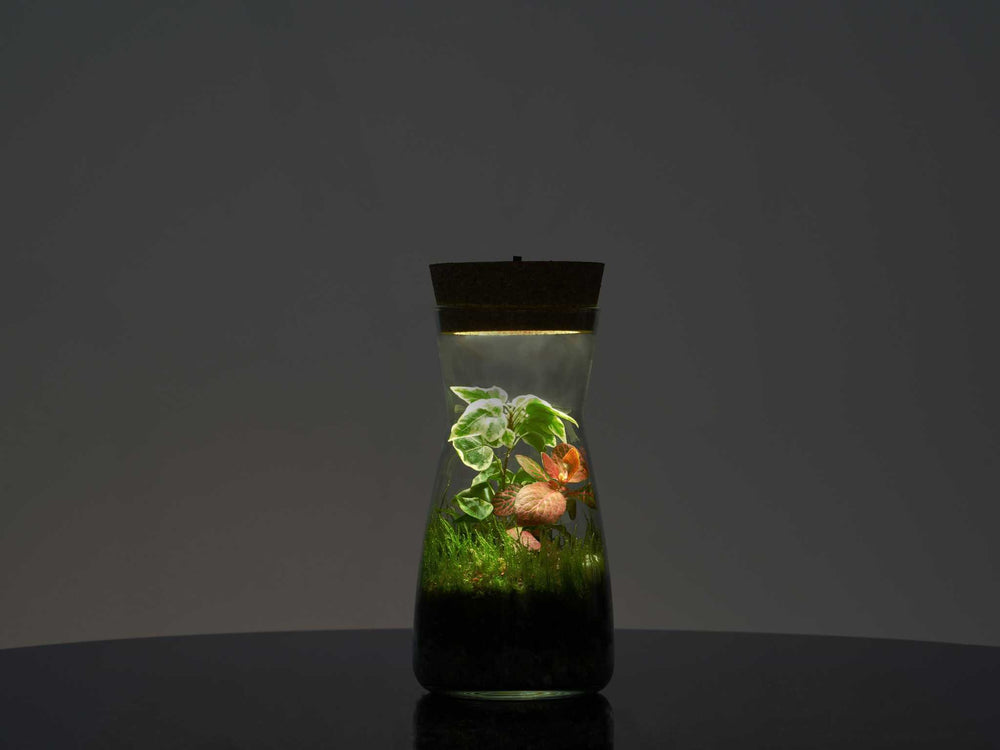
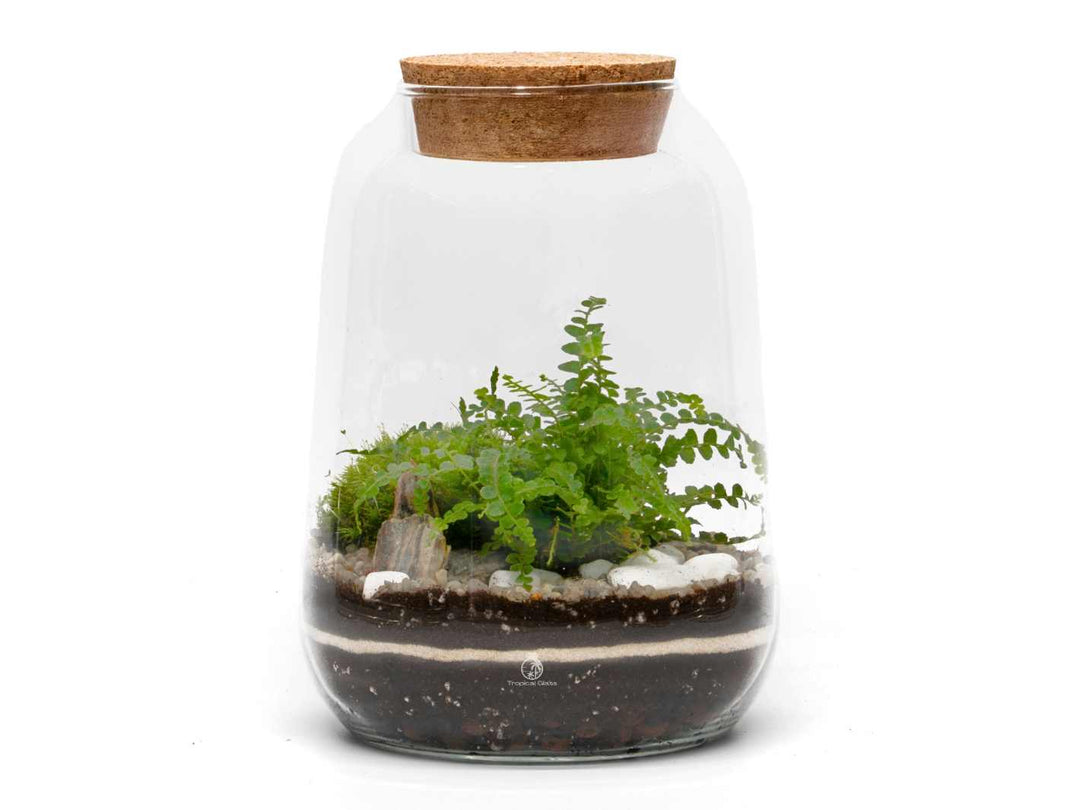
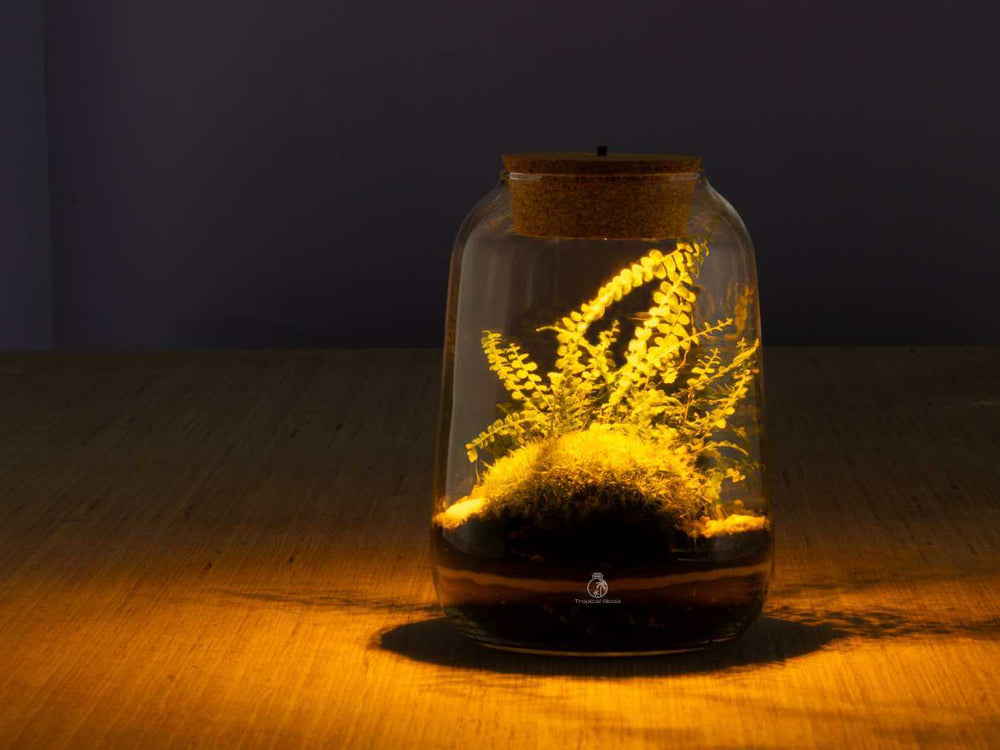
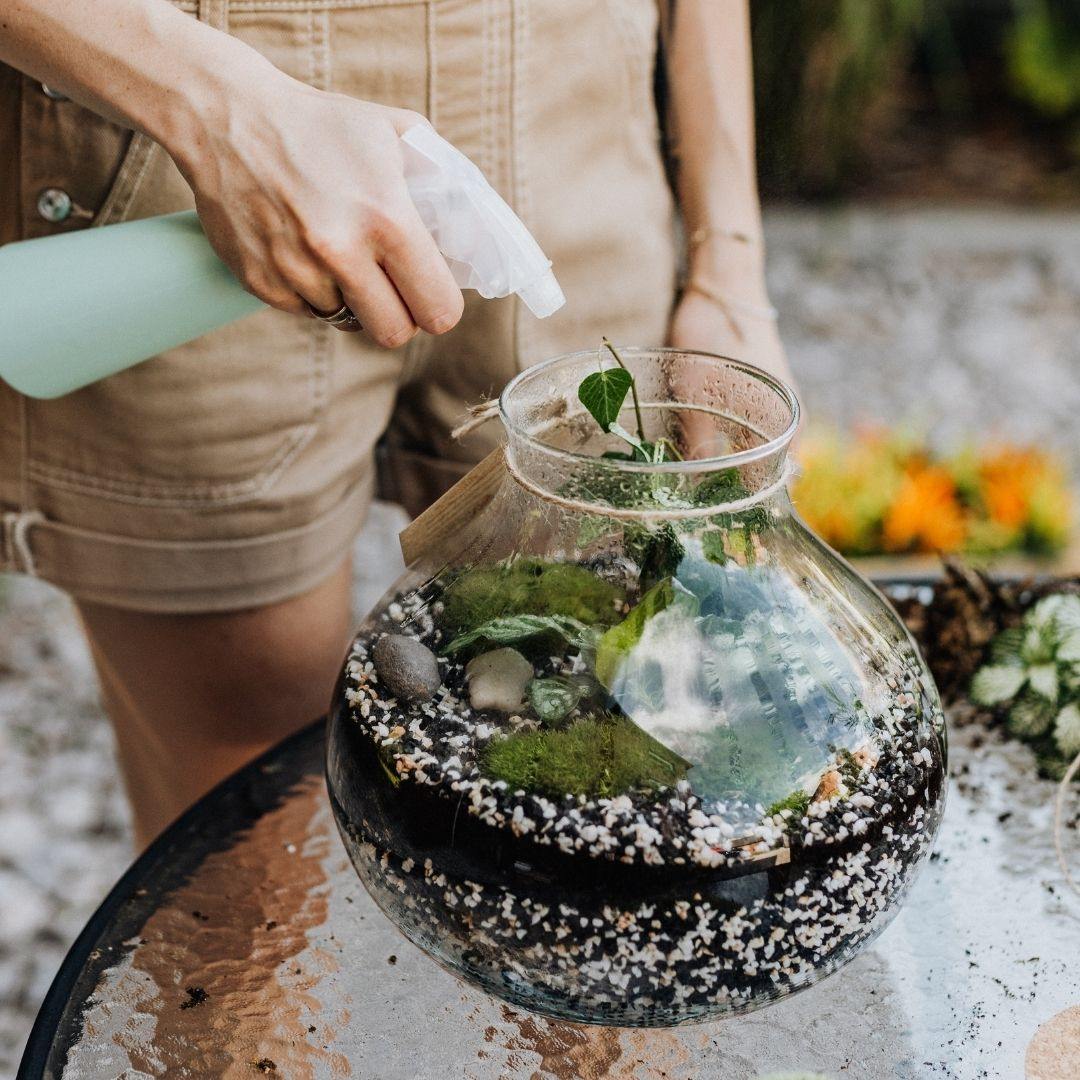
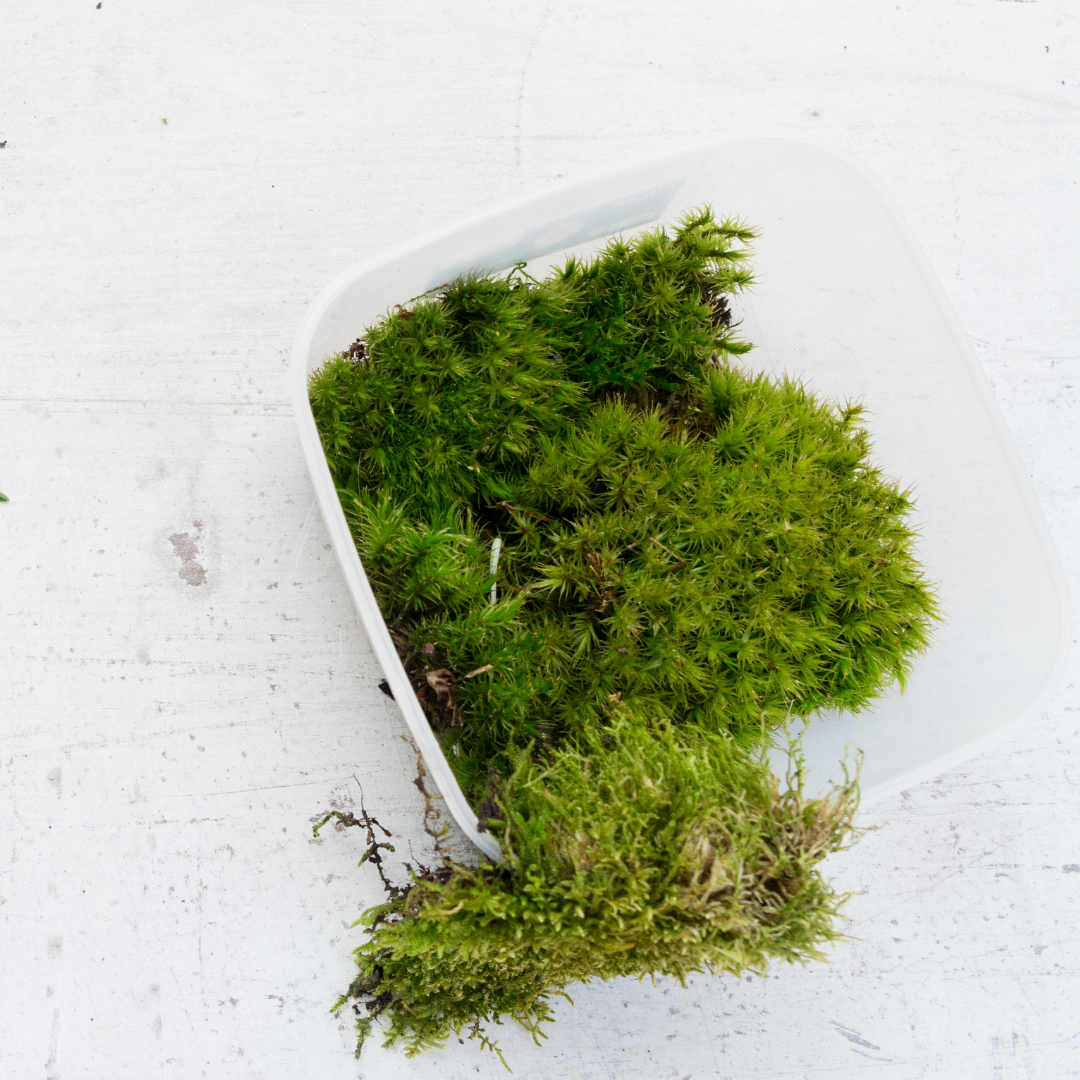
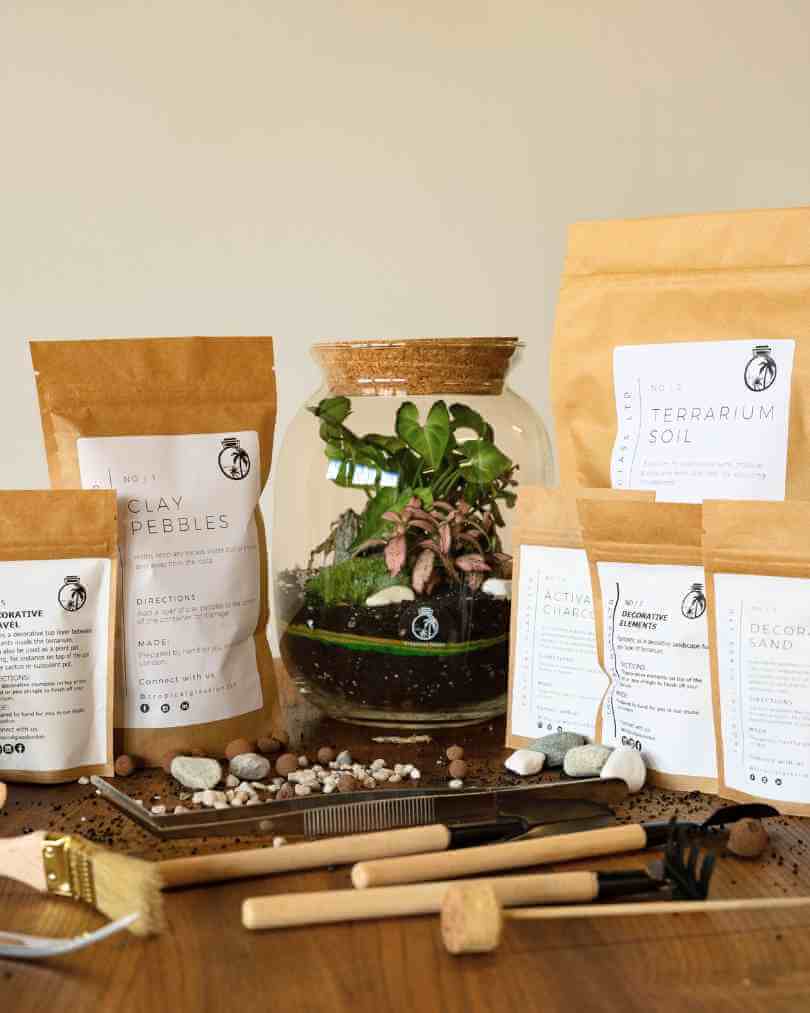
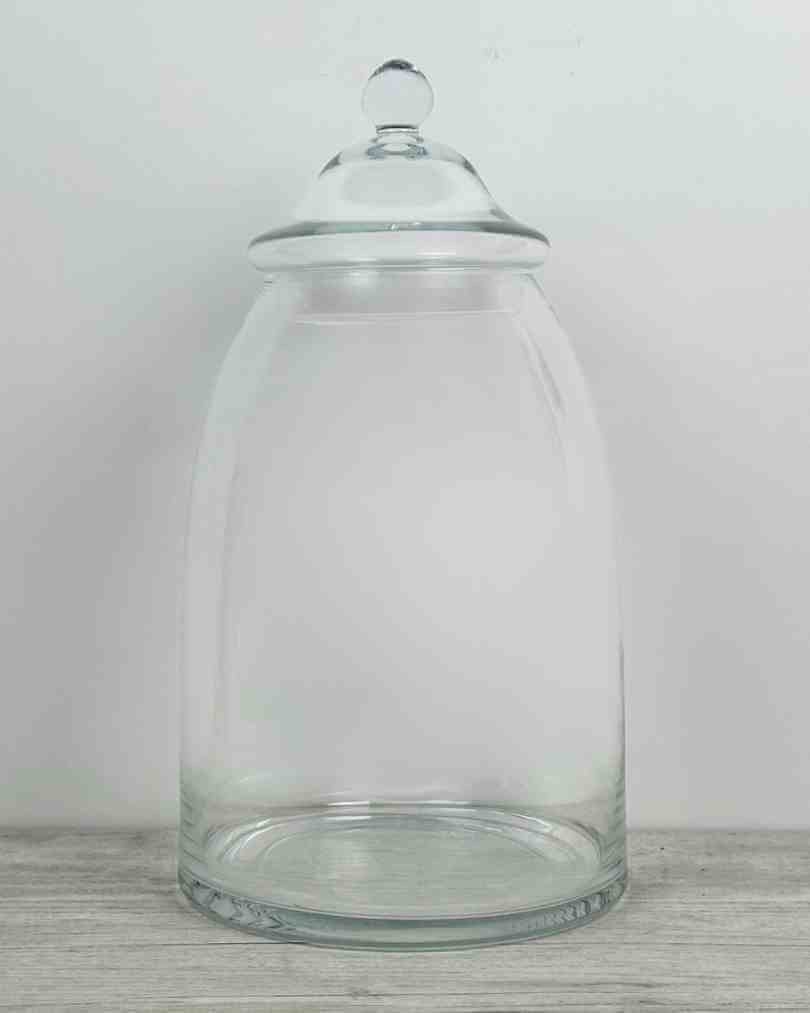
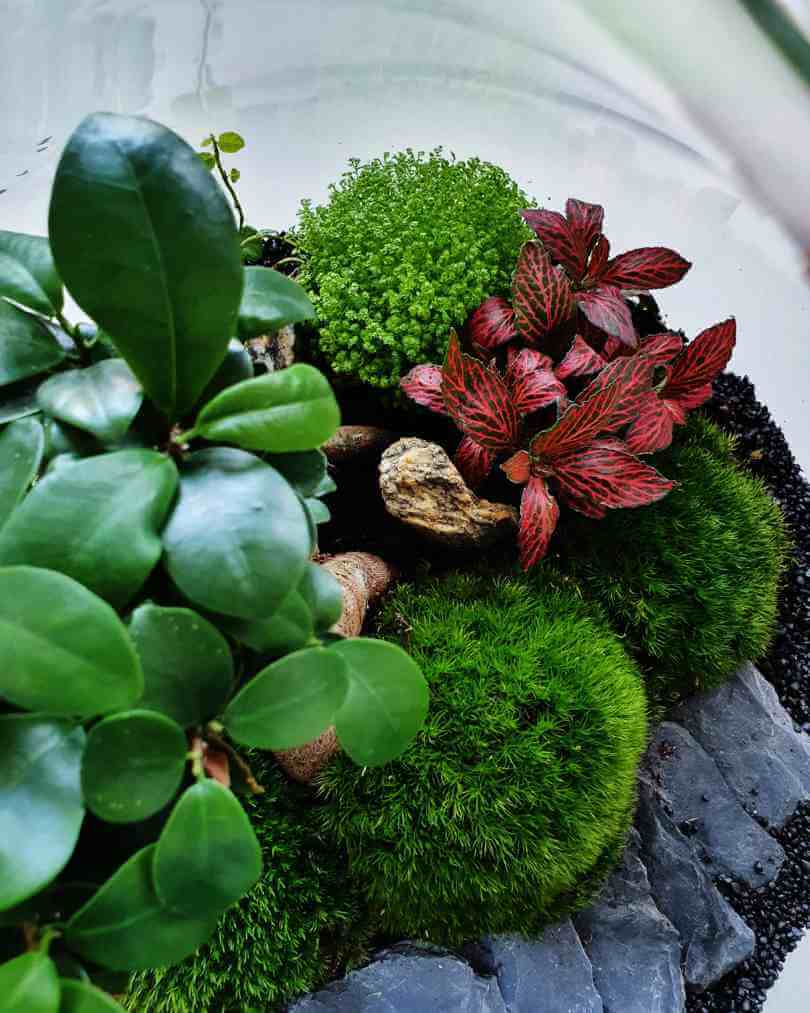
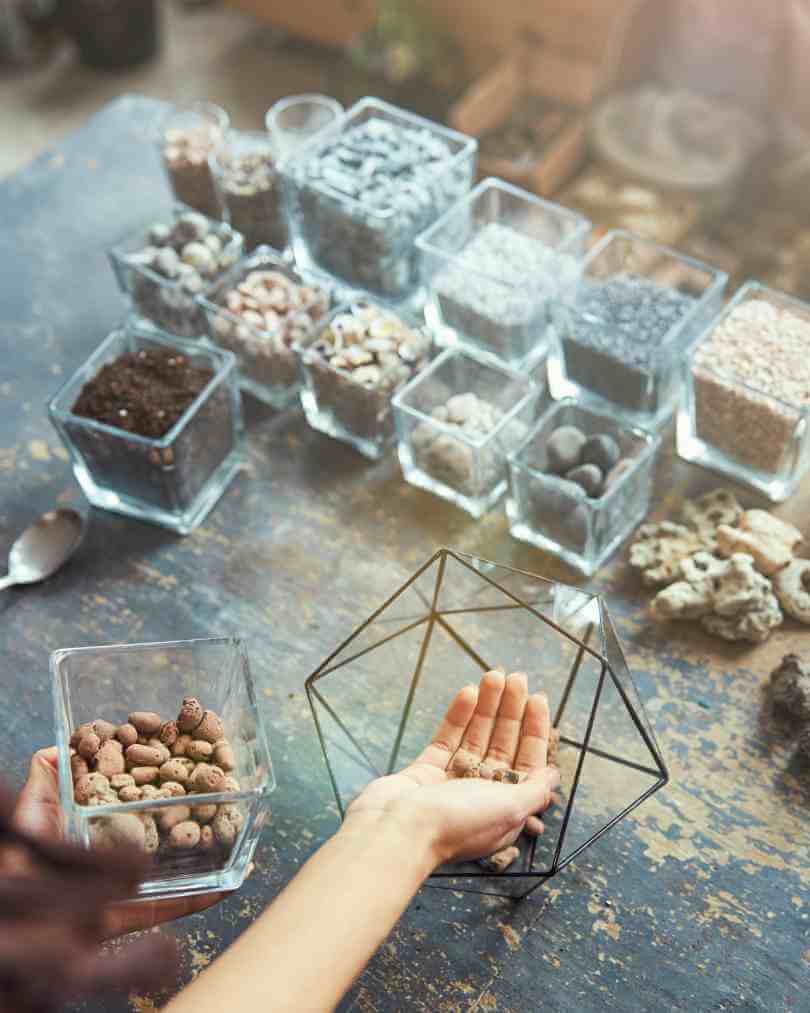
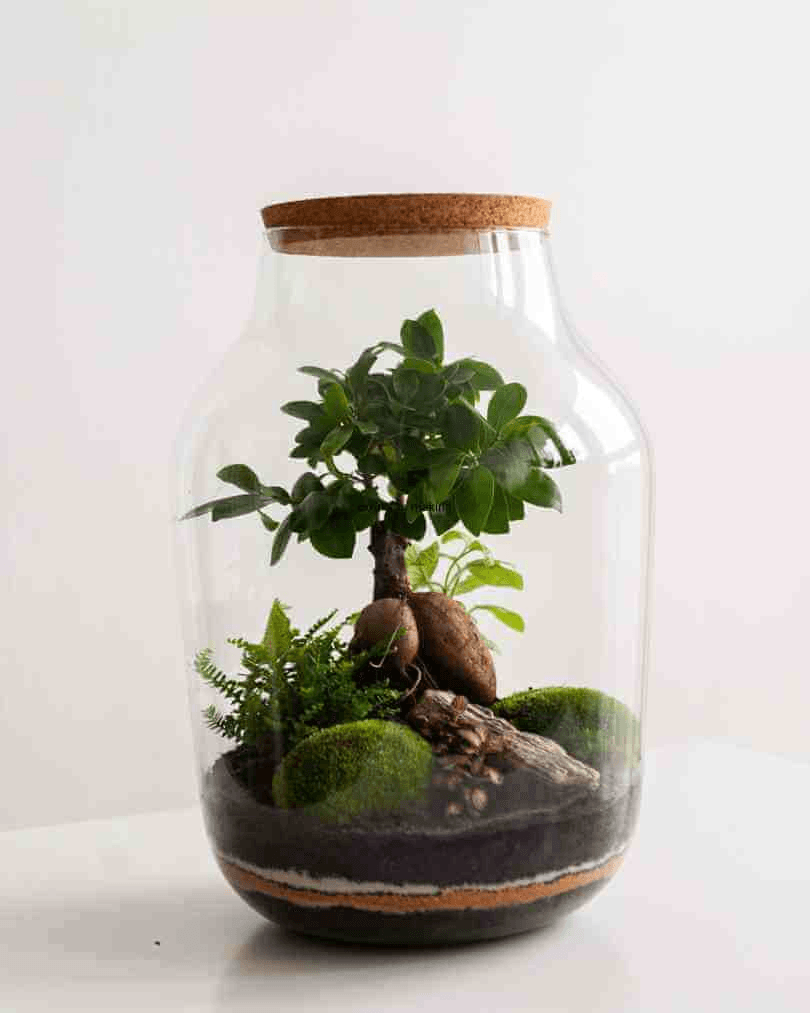
Leave a comment